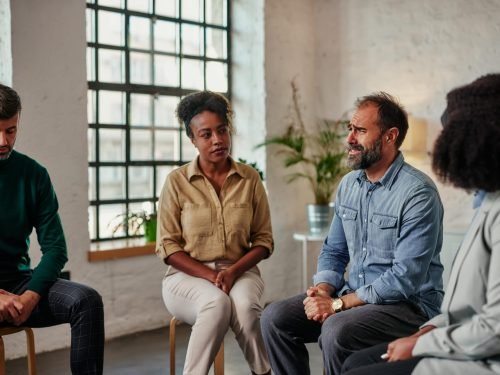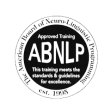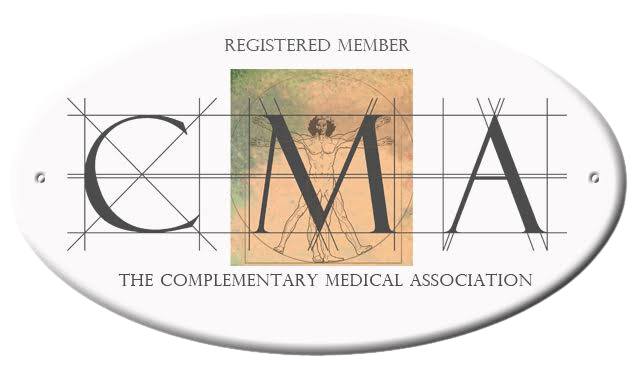
Explore the most effective relationship therapy techniques to enhance communication, resolve conflicts, and deepen emotional connections between couples.
Introduction
In today’s fast-paced world, couples often face challenges that strain their relationships. From communication breakdowns to unresolved emotional issues, these difficulties can erode the foundation of even the strongest partnerships. Effective relationship therapy techniques offer structured approaches to help couples navigate these challenges, rebuild trust, and foster deeper intimacy. This comprehensive guide delves into the top techniques that therapists employ to support couples in achieving positive, lasting outcomes.
Understanding Relationship Therapy Techniques
What Is Relationship Therapy?
Relationship therapy, also known as couples therapy or marriage counseling, is a form of psychotherapy that helps couples recognize and resolve conflicts to improve their relationships. It is suitable for couples at any stage—whether dealing with minor misunderstandings or significant issues like infidelity or emotional disconnection. A therapist guides partners to explore their emotions, understand relationship dynamics, and develop strategies to enhance their bond.
Top Techniques for Effective Relationship Therapy
1. The Gottman Method
The Gottman Method is one of the most research-based approaches in relationship therapy. Developed by Drs. John and Julie Gottman, this method focuses on strengthening the marital friendship and enhancing conflict management skills. Key components include:
- Building Love Maps: Partners deepen their understanding of each other’s world by sharing thoughts about their life experiences, preferences, and aspirations.
- The Four Horsemen of the Apocalypse: Identifying and mitigating destructive communication patterns—criticism, contempt, defensiveness, and stonewalling—to foster healthier interactions.
2. Emotionally Focused Therapy (EFT)
Emotionally Focused Therapy helps couples recognise and express underlying emotions that drive their interactions. By focusing on attachment bonds and emotional responses, EFT enables partners to create secure connections and improve emotional intimacy.
3. Role Reversal
Role reversal is a powerful technique where partners temporarily adopt each other’s perspectives. By “walking in each other’s shoes,” they gain empathy and insight into how their actions affect one another, which can break negative cycles and improve communication.
4. Conflict Resolution Practice
Effective conflict resolution is crucial for a healthy relationship. Therapists teach couples techniques such as:
- Active Listening: Fully concentrating on what the partner is saying without interrupting.
- Paraphrasing: Restating the partner’s message to ensure understanding.
- Negotiation: Finding mutually acceptable solutions to disagreements.
5. Narrative Therapy
Narrative therapy encourages couples to externalize their problems by viewing them as separate from their identities. This perspective allows partners to collaboratively “rewrite” their relationship stories, promoting positive change without blame.
6. The Timeout Technique
When conflicts escalate, the timeout technique allows partners to pause the discussion. During this break, they engage in calming activities like deep breathing or taking a walk. Returning to the conversation with a clearer mind facilitates healthier dialogue.
7. Imago Relationship Therapy
Developed by Harville Hendrix and Helen LaKelly Hunt, Imago Therapy helps couples understand how childhood experiences influence their adult relationships. By recognising these patterns, partners can heal old wounds and foster deeper empathy and connection.
8. Active Listening and Reflective Communication
Active listening and reflective communication are foundational skills in relationship therapy. They involve:
- Giving undivided attention to the partner.
- Reflecting back what is heard to confirm understanding.
- Expressing empathy and validation.
9. Creating an Appreciation List
Cultivating gratitude enhances positive feelings in a relationship. Couples create lists of qualities and actions they appreciate in each other, reinforcing positive behaviors and strengthening their emotional bond.
10. Regular Check-Ins and Goal Setting
Scheduling regular times to discuss the relationship allows couples to:
- Address concerns promptly.
- Celebrate successes.
- Set mutual goals for growth and improvement.
FAQs
What Is the Gottman Method, and How Does It Improve Relationships?
The Gottman Method is a structured form of relationship therapy that enhances communication, deepens intimacy, and helps manage conflicts. By focusing on friendship, shared meaning, and effective conflict resolution, it strengthens the foundation of a relationship.
How Does Role Reversal Benefit Couples in Therapy?
Role reversal allows partners to experience situations from each other’s perspective. This exercise builds empathy, reduces misunderstandings, and fosters compassion, leading to improved communication and connection.
Why Is the Timeout Technique Effective in Managing Conflicts?
The timeout technique prevents arguments from escalating by allowing partners to cool down. Taking a break reduces emotional intensity, enabling couples to return to the discussion with a calmer demeanor and a more solution-focused mindset.
Conclusion
Implementing these effective relationship therapy techniques can transform the way couples interact, resolve conflicts, and connect emotionally. Whether through the Gottman Method’s structured approach or the empathy-building role reversal, these techniques provide valuable tools for enhancing relationships. By working with a skilled therapist and committing to these practices, couples can build stronger, healthier partnerships filled with joy and satisfaction.







